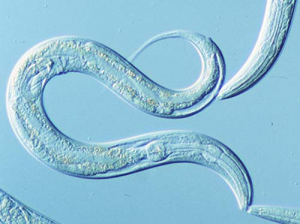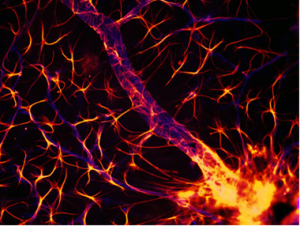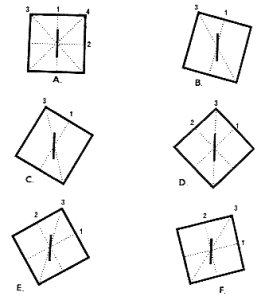The University has support in place for 4 different areas of Neuroscience which sixth form students could undertake practicals or research projects in. Click on the links below for more information on each of the areas;

C. elegans – a tiny roundworm that you can keep on a petri dish, breed, expose to different chemicals (e.g. alcohol).
If you are interested in the effects of drugs, animal behaviour or genetics, this may work for you.
There are techniques for looking at the whole Retina, sections through it, 3D images, different species, staining sections with special fluorescent probes, etc..
Do the retinas of different species have different structures? Can we model an eye disease by adding things to isolated retinas? Do different retinas have different numbers of cells, at different points?

Drosophila melanogaster (a tiny fruit fly)
Transfer them to a measuring cylinder and use your phone to record them climbing up – a simple ‘climbing assay’.
They will get slower as they age, but is this affected by sex, how much sleep they get, drugs, vitamins?
The rod and frame illusion – a computer programme where people have to rotate a line until they think it is perfectly vertical. Interestingly, you can distract people by putting in a background that is skewed.
Does the ability to ‘set the line’ vary with age, sex, sporting ability, how much coffee you drink, time of day, handedness?
EEG and GSR used to Investigate Intact Nervous System Functioning:
Investigate electric potentials that can be recorded from the surface of the skin to give information about the functioning of the intact nervous system.
Looking at how the electroencephalogram records activity in the brain.
Understanding how skin potential response reflects activity in the autonomic nervous system.
ECG and EOG used for the Recording of Surface Potentials:
Students will investigate two types of potentials that can be recorded from the surface of the skin and can give information about the functioning of the intact nervous system.
The Electrooculogram records potential changes associated with eye movements and can be used to detect changes in the direction of gaze.
The skin potential response reflects activity in the autonomic nervous system supplying the sweat glands, and can be used to detect responses to sensory and emotional stimuli.


